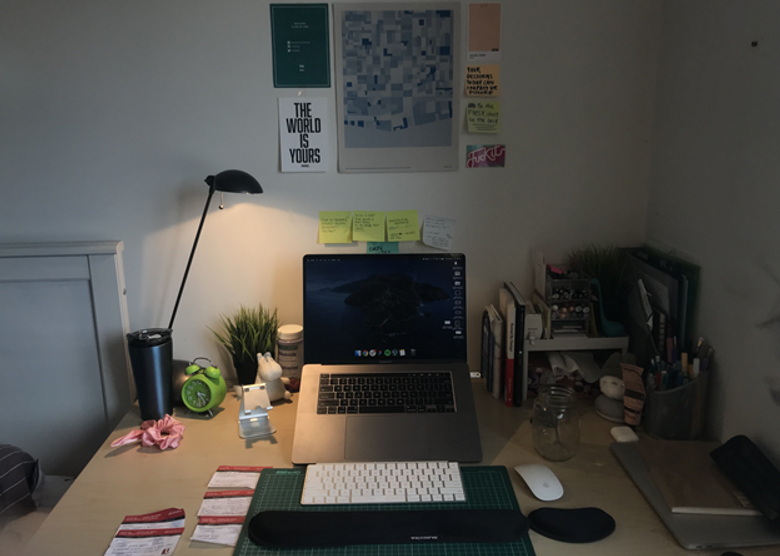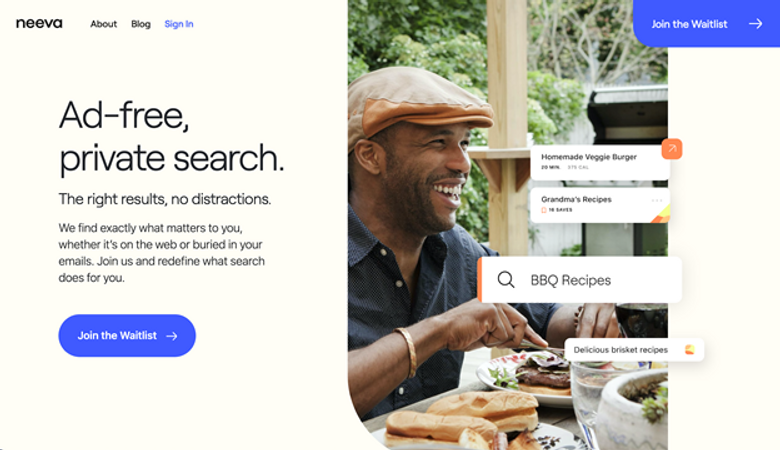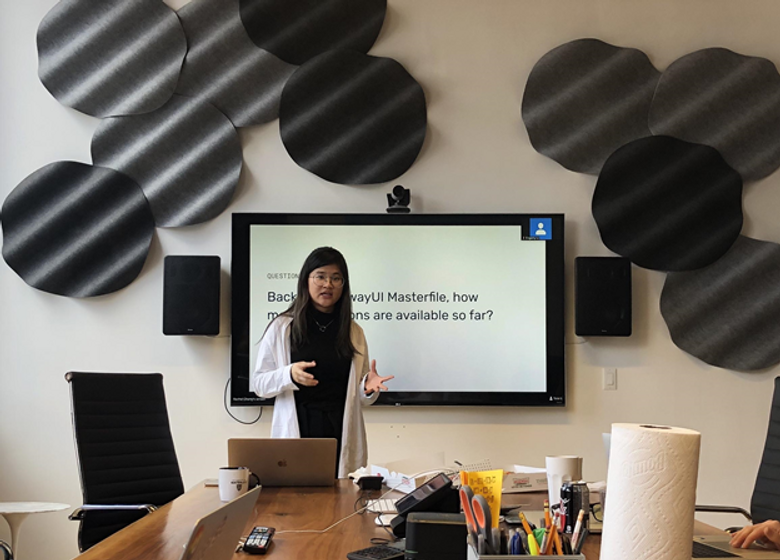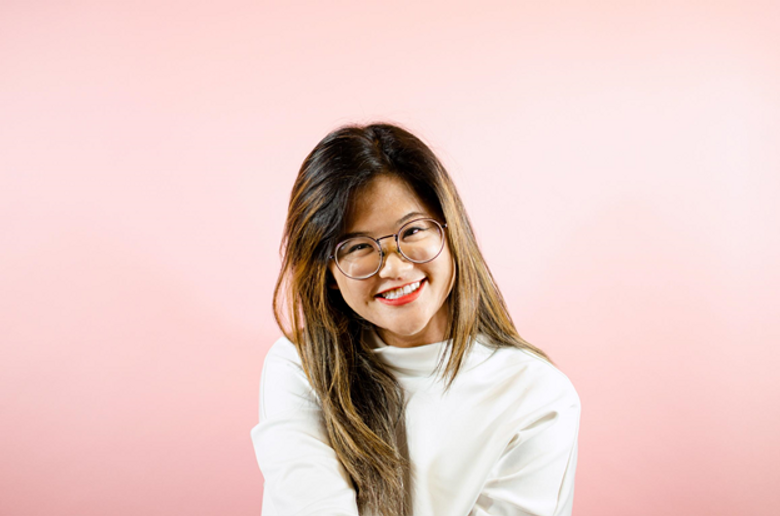Rachel Cheng: An Artist in Her Own Right
Product designer Rachel Cheng explores her passion for the field and the importance of diverse perspectives
The Big Questions
Don’t ask for Rachel Cheng’s sketchbook.
It’s most likely filled with squares and rectangles. And if you were to ask her about her sketches, she would have to break the news that, beyond illustrations for whiteboarding or lo-fi wireframes, her sketchbook is non-existent.
Many often believe designers are speed-walking through the office, sketchbook clutched, illustrating their next creation. This isn’t necessarily true, but creativity is one of the core values Cheng has carried with her since her childhood. She sought to make an impact through a creative career, which pushed her to question: how do I get there?
While she pursued a graphic design bachelor’s degree at York University/Sheridan College, she hoped to create a difference through art by designing logos and visual spreads. Her concern, though, was the lack of collective impact a full-time creative career could potentially hold. But after taking interaction design courses, among other design classes, she found her answer.
“[Product design] was filled with solving large-scale complex problems while shaping technology's future in an interdisciplinary collaborative environment,” Cheng said.

Cheng looks to enrich lives through technology, seeing how user-centric designers are vital in integrating and improving technology across countless communities. After realizing product design was the direction she wanted to pursue, she wasted no time improving her skills. From attending design events to taking a gap year to intern at Work & Co and other companies to working at Cofolios, Cheng does all she can to be involved in the design scene outside of work.
Cheng started off as the only designer at a healthcare startup, Hypercare, where she aimed to fix communication barriers within hospitals. Enjoying her experience so much, she chose to take a year off from university to work with more companies as a designer like Universe, an event-ticketing platform. She was even given the opportunity to improve the interactions for 1.3 billion users at Facebook.
“Diving into these experiences early on, I got a chance to have a better comprehension on how to navigate my career and make an impact on the world,” she said.
Cheng currently works as a product designer at Neeva, an ad-free private search engine, where she and her team focus on redefining what search can do for its users. She is creating a safe and informative search experience that protects digital privacy while allowing users to personalize their corner of the internet.

Visit Neeva’s website here to learn more.
“We can learn about others and their backgrounds, cultures and upbringing by observing how they interact with products [and] experiences,” Cheng said.
Now, she pushes herself to answer more questions. “What makes them tick? How does this interaction make them frustrated? How does the product fit with the root problem they’re struggling with?”
Learning and Unlearning

What keeps Cheng going?
“Designing and solving problems for those who lack the resources into doing so,” she said. “By holding this responsibility to fight for people, boundaries are pushed, questions are posed and feeling uncomfortable becomes familiar.”
Although it’s not surprising, the noticeable lack of diversity in tech still disappoints Cheng. Between workplaces and her design program, she has only worked with a handful of BIPOC employees, students and educators. For context, the 2019 Design Census showed how out of about 9429 surveyed designers, only 29 percent are BIPOC, 3 percent being Black/African American. While there is still a lot more to be done, opportunity is on the horizon. More people are voicing their concerns and there are consistently new opportunities and resources to uplift BIPOC communities.
“With this, there can be change not only in the diversity numbers, but it’ll be shown through the products we design and the collaboration within our teams,” Cheng said. “Although we don’t see the same things or come from the same place, we can take advantage of these different schools of thought to challenge and broaden our perspectives of the world.”

Inclusivity is the focus of diversity. Including “different perspectives, backgrounds, experiences, values and cultures into the conversation,” will encourage diversity and the crucial elements that will allow technology to become more accessible. To Cheng, embracing differences is not something to be taken for granted.
“Whether it is filtering based on skin tone when searching for beauty-related topics or removing delivery fees for black restaurants on a food delivery app, these little steps do matter. As it is our responsibility as user experience designers to advocate for these different perspectives, reflect often, and continuously raise the bar.” Cheng said."
Cheng recognizes her privilege and acknowledges that she doesn’t want to speak for oppressed groups. Through her work, she is continuously learning and unlearning diversity issues to become more aware of her own biases and responsibilities as a designer. She uses resources to help her with these issues like Inclusion & Diversity Compendium Collection,Equity-Centred Community Design Field Guide and Where are the Black Designers?
Looking Forward, Looking Back

While many designers are constantly looking for the next idea, sketch or feature, one of Cheng’s favorite parts of being a designer is looking back. Cheng recognizes that success and happiness look different for everyone; it’s a matter of discovery rather than haste.
“Having the entire team trudge together through long hours and endless meetings is all worth it once the feature launches. It reminds me of the satisfying feeling of finishing a marathon,” Cheng said.
Cheng reflects and grows from the tangible advancements she and her team achieve. These milestones let her further understand her work and herself after the chaos of designing and launching a feature. Additionally, she strives to participate in design workshops and user research sessions to work and create with others. This in itself encourages her passion for understanding people and growing as a designer.
“Focus on building up curiosity and reflect often — asking questions about yourself and the world, and you'll find satisfaction with your own level of success soon.
You can find Rachel Cheng’s portfolio here.
The information provided herein is for general informational purposes only and is not intended to provide tax, legal, or investment advice and should not be construed as an offer to sell, a solicitation of an offer to buy, or a recommendation of any security by Candor, its employees and affiliates, or any third-party. Any expressions of opinion or assumptions are for illustrative purposes only and are subject to change without notice. Past performance is not a guarantee of future results and the opinions presented herein should not be viewed as an indicator of future performance. Investing in securities involves risk. Loss of principal is possible.
Third-party data has been obtained from sources we believe to be reliable; however, its accuracy, completeness, or reliability cannot be guaranteed. Candor does not receive compensation to promote or discuss any particular Company; however, Candor, its employees and affiliates, and/or its clients may hold positions in securities of the Companies discussed.
